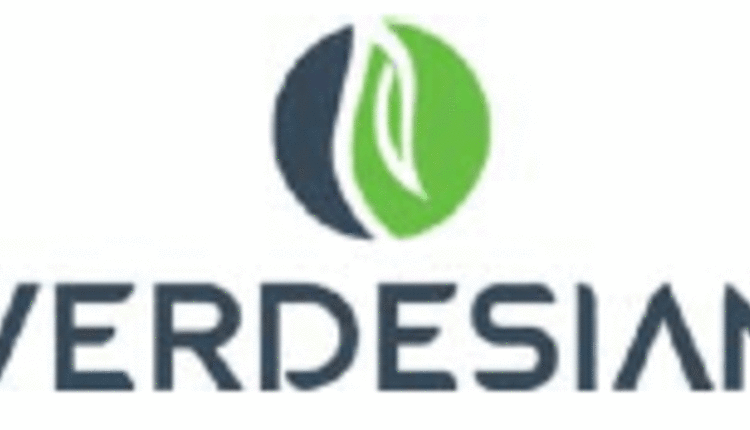This item has been supplied by a forage marketer and has not been edited, verified or endorsed by Hay & Forage Grower.
As growers prepare for planting, they will be anxiously checking the weather forecast. Midwest growers have experienced wet weather this winter, but El Nino has the potential to bring dry conditions throughout the Corn Belt this growing season.

El Nino is currently underway and affecting climate across the U.S. According to the National Oceanic and Atmospheric Administration (NOAA), the effects of each El Nino event vary, but follow a similar pattern. The Pacific jet stream tends to be farther south than normal, while the polar jet stream trends farther north. This leaves the Midwest between those two storm tracks, which typically means warmer and drier conditions at planting time.
“Drier weather is usually not our friend because it means our crops might not only have limitations with their nutrients but, due to the lack of water, they might have difficulties with nutrient uptake. Growers can protect their nitrogen if it’s going to be laying on the soil for a long period of time with a nitrogen manager product like NutriSphere-N,” said Werner.
The current El Nino event is in the process of weakening and the NOAA predicts that El Nino will be neutral by early summer, which means growers can expect a return to wet weather. A rainy season brings more opportunity for nitrogen loss through leaching.
NutriSphere-N® Fertilizer Manager protects nitrogen for 10-12 months, so nitrogen is kept in an available form for the plant to use, regardless of application timing. Plus, NutriSphere-N protects against all three forms of nitrogen loss: volatilization, leaching and denitrification.
“NutriSphere-N is a long-chain polymer that slows the conversion of ammonium,” said Werner. “The ammonium form requires less energy for plants to use, and it’s more stable in the soil, so less prone to loss. The longer you can keep that nitrogen in the ammonium form, the higher your yield potential will be. When you use NutriSphere-N, your plant has that ammonium form available when it most needs it.”
Werner notes that growers need to use all the best nutrient management practices available to protect both their bottom line and the environment. Verdesian was recently awarded a 4R Nutrient Stewardship Program partnership. The 4R program stresses the importance of applying nutrients at the right source, right rate, right time and right place.
“You can use a nitrogen manager, apply prescribed amounts of nitrogen, and you can split apply instead of applying everything up front. Especially if you’re broadcasting UAN or urea, nitrogen managers like NutriSphere-N are a nice fit,” Werner says. “And then, of course, any way we can incorporate that nitrogen once it’s applied. These are all good methods to minimize nitrogen loss and reduce our effect on the environment.”

